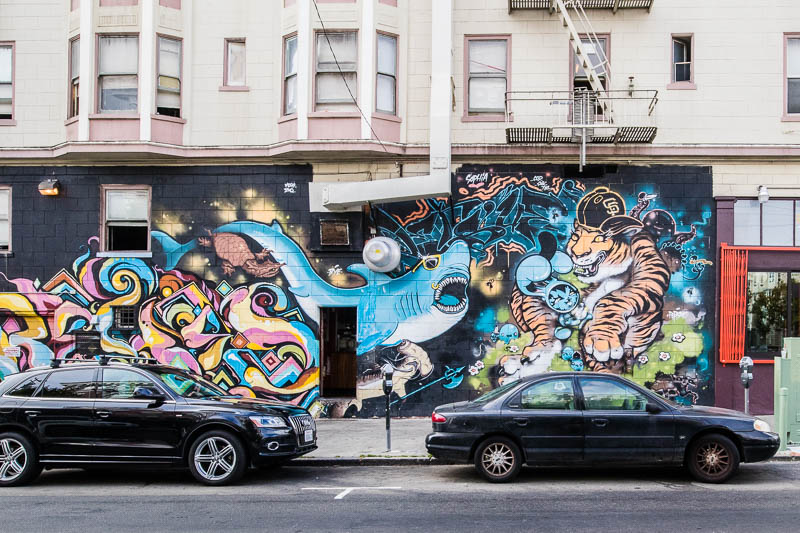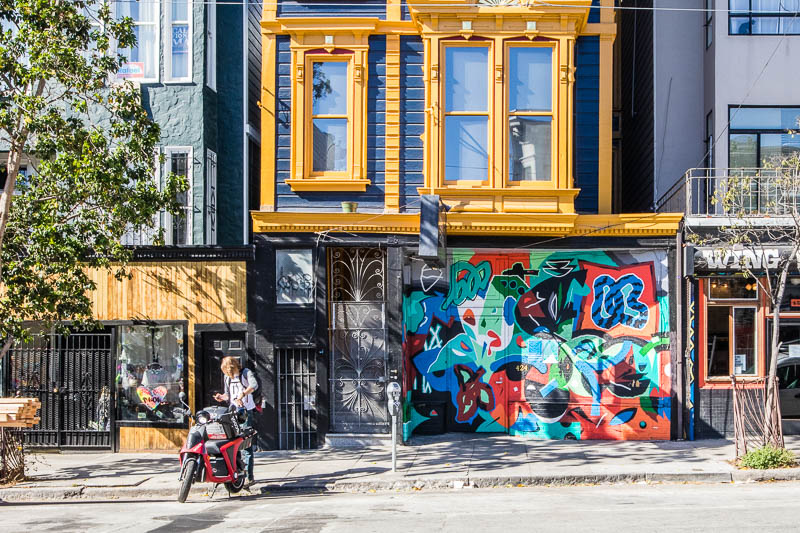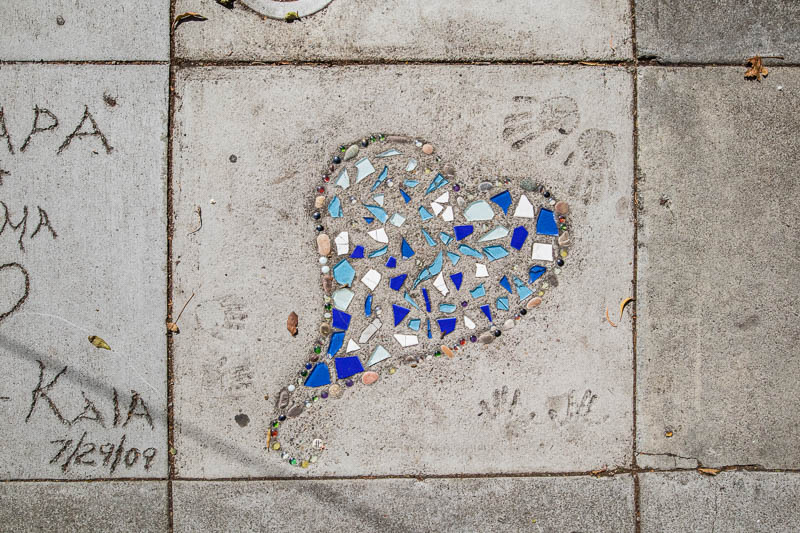[content_slider]
[content_slide]

[/content_slide]
[content_slide]

[/content_slide]
[content_slide]

[/content_slide]
[content_slide]

[/content_slide]
[content_slide]

[/content_slide]
[content_slide]

[/content_slide]
[content_slide]

[/content_slide]
[content_slide]

[/content_slide]
[content_slide]

[/content_slide]
[content_slide]

[/content_slide]
[content_slide]

[/content_slide]
[content_slide]

[/content_slide]
[content_slide]

[/content_slide]
[content_slide]

[/content_slide]
[content_slide]

[/content_slide]
[content_slide]

[/content_slide]
[content_slide]

[/content_slide]
[/content_slider]
SAN FRANCISCO | Haight-Ashbury is one of San Francisco’s most iconic neighbourhoods, known by most for being the birthplace of the 1960s counterculture and hippie movement. The Summer of Love occurred in Haight-Ashbury, and saw over 100,000 people descend on the neighbourhood during the summer of 1967. Notable residents at the time included several psychedelic rock artists like members of Jefferson Airplane and the Grateful Dead, and Janis Joplin.
The influences of the 1960s live on in the area, as do influences from other eras. Haight-Ashbury survived the fires that followed the San Francisco earthquake of 1906 (which destroyed almost 80% of the city) and as a result has some of the best and most complete examples of Victorian architecture in the city. In particular, two story row houses built above a high basement/garage that were popular amongst the mostly middle class residents of the area at the turn of the century. Many of the houses are painted in bright colours, and are adorned with lathe-work gingerbread, which was popular with homeowners during the Victorian era.
Many of these residences were converted into multi dwelling apartments to house war workers in the 1940s, and by the 1950s many had been left vacant. This led to cheap rents, which is one of the things that made the area so popular with young people during the 1960s. After the 1960s, a combination of hard drugs entering the area and neglect by police and authorities led to a huge decline in Haight-Ashbury’s fortunes. The area began to recover in the 1980s however, and today it is an area that maintains a counterculture and socially conscious element, as well as being home to trendy boutiques, cafes, bars and restaurants.
Beyond the architecture, traces of Haight-Ashbury’s past and present can be seen all over the streets, with numerous pieces of street art in the area. Some of the street art even dates back to the 1960s, for example The Evolutionary Saint, which was created by Joanna Zegri. Local and international street artists have created pieces in the neighbourhood over the years, some are fun, some are commercial, and some speak to social and political issues.
Haight-Ashbury might be on the San Francisco tourist trail these days, but it’s also a living, vibrant neighbourhood that’s moved with times without forgetting its past. Walk through its streets and take in the sights, sounds and smells of the area and you can get a true feel for what the neighbourhood is all about.

